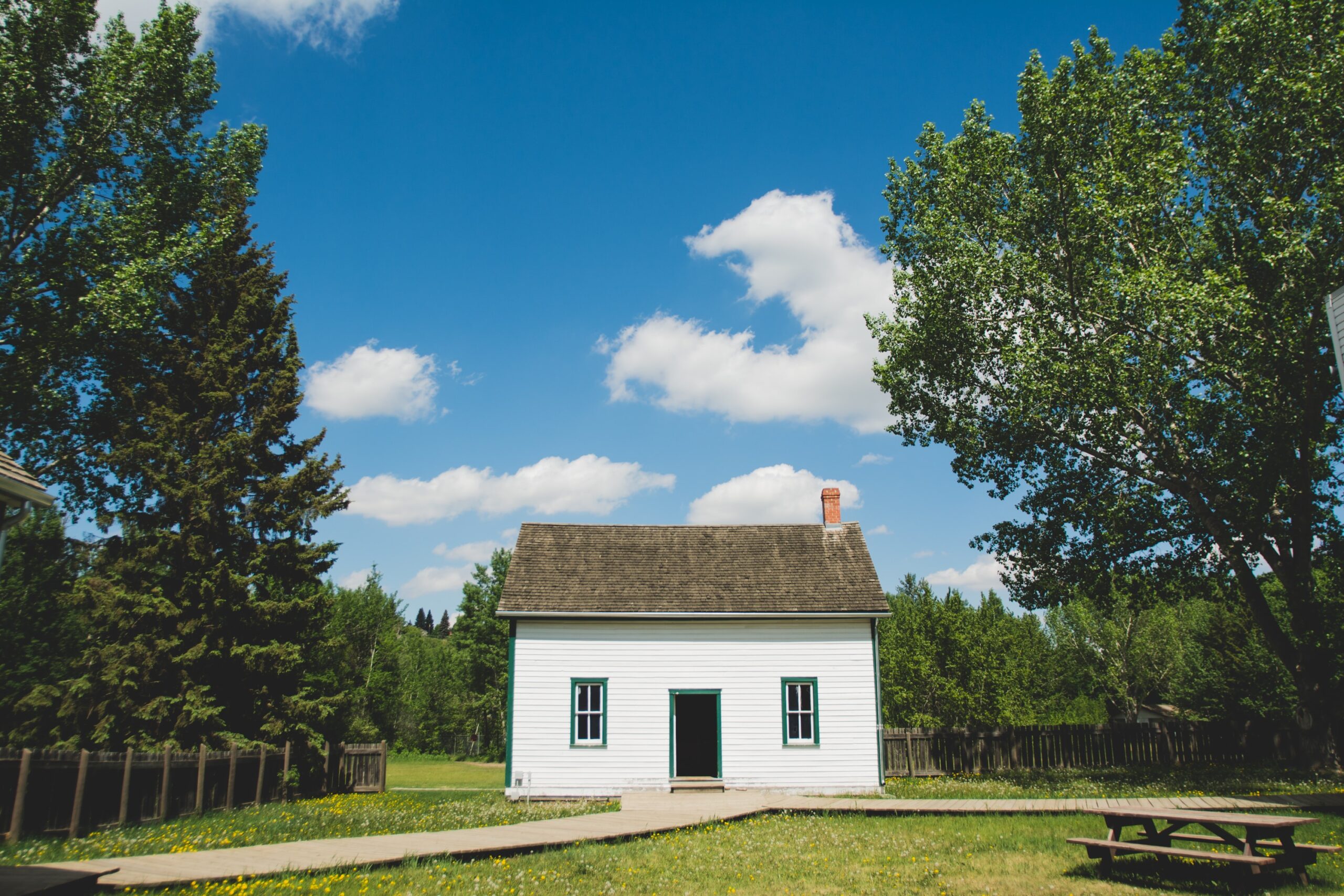By Kelly Vanwalleghem, West End Home Builders’ Association
Many seniors are contemplating what their “next act” will look like. When looking at the cost of long-term care or retirement home options, the prices can be intimidating. This can be a large increase in expenses for many who have long paid off their mortgages. New provincial changes brought in through Bill 23 and recommended by Burlington’s Housing Strategy present an alternative option that could allow seniors to stay in their homes and age in place. As Burlington’s aging population makes choices about whether to sell their homes and move into retirement communities, adding another unit might be the best choice available, though it is seldom discussed.
Is there a way to stay in your home and community?
Homeowners can now add apartment units to their properties. Units can be inside the house or an outside building, such as a converted garage or new building at the rear of the property.

Any detached, semi-detached, or townhome property can add up to two apartment units equaling a total of three on the entire plot. This could be an attic apartment, basement apartment, or a vertical split. For outdoor buildings, garage conversions are allowed, or newly-built accessory buildings can be added to the property. There would be no need to leave your home of many years or the community of people and places that have been part of your life for decades. This is a great way to achieve aging in place, living independently in your home for as long as you wish with all of your familiar and necessary health and social supports within your community.
How this space is used it up to you. Do you move out to a gorgeously-renovated barrier-free backyard building? It’s small, so it’s easy to maintain and can be built as one level, removing the barrier of stairs. Your children and grandchildren could move into the main house. More family time, and extra help for working families, yet everyone still has their own space for privacy.
Perhaps you live alone now and would like to have a friend move in but worry you couldn’t live “together.” Each person would have their own complete apartment but close enough for visits and to help keep everyone feeling a lot safer. You get that extra person for company without giving up privacy.
There are other potential benefits. Creating another separate home can generate income to supplement lifestyle choices and can be an investment to increase the home’s value when it’s time to sell. Having someone else on your property — but not in your space — can add to your sense of security if living alone feels intimidating.
Adding more citizens to neighborhoods contributes to broader community benefits that can be enjoyed by everyone. Burlington’s growth has been almost stagnant since 2016. Increasing the population in existing neighbourhoods boosts our local economy. Stores keep their doors open, new and vibrant businesses can move in, hospitals and clinics stay viable, recreation centres continue to offer programs, libraries will have more patrons, and the green spaces of schools are not lost. Additional working-age adults moving to aging neighborhoods will be tallied in census data for planning. These new units will add to the local buying power and help to revitalize communities. If the population decreases, then municipalities need to raise property taxes to maintain or increase services and repair or replace aging infrastructure. Adding new units to existing neighbourhoods can help in many ways.
For homeowners, there are multiple government programs available to financially support adding more living units to a private home. Some of these programs can even be used together. Homeowners should research the programs available and contact a qualified home builder to help understand the options to begin the process of adding to their homes.
Kelly Vanwalleghem is a co-op student with the West End Home Builders’ Association. She is currently completing her diploma in the Urban and Regional Planning Technician program at Mohawk College.




